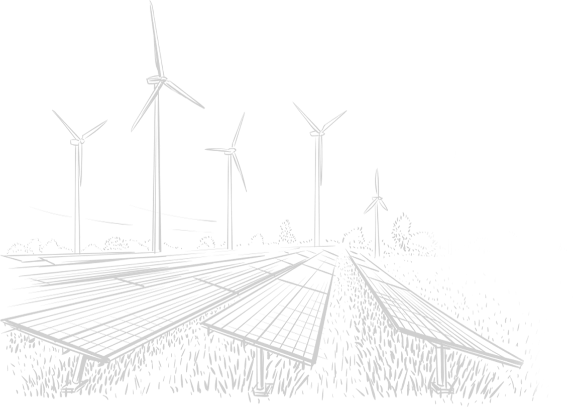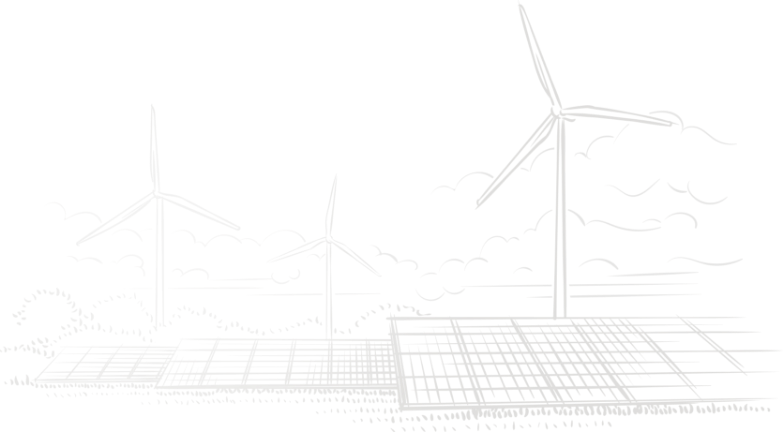The Different Types of Solar Systems Explained
Grid-Tied Solar Systems Grid-tied, on-grid, utility-interactive, grid intertie and grid back-feeding are all terms used to describe the same concept – a solar system that is connected to the utility power grid. The grid-tied inverter system boasts several advantages, especially in solar power generation systems. Here are some key benefits: 1.High-Efficiency Conversion: Inverters efficiently convert direct current generated by solar photovoltaic panels into usable alternating current, maximizing energy conversion efficiency. 2.Grid Connection: Grid-tied inverters enable seamless connection with the electrical grid, allowing excess generated energy to be fed back into the grid, providing users with additional income or offsetting electricity bills. 3.Energy Autonomy: When the solar system produces more energy than needed, surplus electricity can be sent back to the grid, creating a mechanism for energy autonomy. 4.Real-Time Monitoring: Grid-tied inverters typically come equipped with real-time monitoring capabilities, allowing users to track system performance, including energy generation, current output, and system status. 5.Environmental Sustainability: Grid-tied systems contribute to reducing dependence on traditional energy sources, increasing [...]




